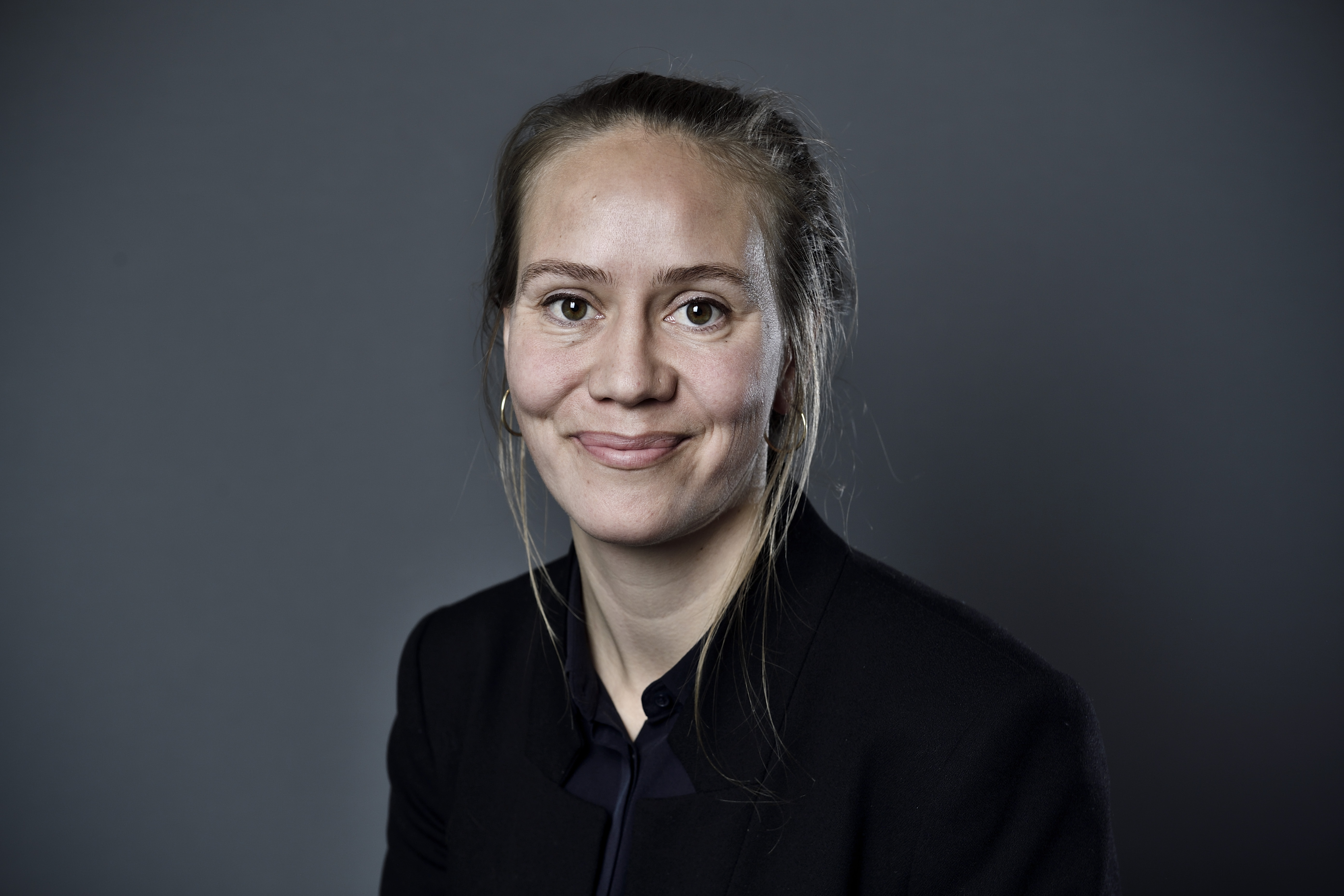Trine Kellberg Nielsen
Research leader

Project title
Neanderthal distribution and adaptation dynamics at high northern latitudes
What is your project about?
The NeanderEDGE project will explore the northern boundary of the Neanderthal distribution to gain a deeper understanding of how Neanderthals adapted to extreme climate change, and in particular how the transition to an ice age affected their spread and disappearance in time and space. An additional ambitious goal with the NeanderEDGE project is to get closer to answering whether the Neanderthals were present in what we today call Denmark. With an interdisciplinary approach with roots in archaeology, geoscience and bioscience, the NeanderEDGE project will build a contextual database, prepare new palaeolandscape reconstructions, develop ecological niche modelling, and perform crucial field studies that, for the first time, will provide us with deeper insights into northern Neanderthals.
How did you become interested in your particular field of research?
When I was a student specialising in Neanderthals, I quickly became aware of important gaps in our knowledge of their northern distribution boundary, and it made me wonder what could be done to improve this. This genuine curiosity turned into a more concrete field of research after a particularly inspiring conversation with my subsequent mentor, who, like me, saw potential and the need for explicitly testing the hypothesised Neanderthal distribution dynamics at high northern latitudes.
What are the scientific challenges and perspectives in your project?
The main research challenges in this project and in archaeology in general, are the problems of conservation and research bias. Our interpretations of the past are based on what, through preservation, has survived to the present day, and we therefore have an embedded bias at our very point of departure. Research bias is also central to the research gap the NeanderEDGE project aims to fill, since there is a lack of fundamental research history in the northern regions compared to, for example, southern Europe where Neanderthals are strongly represented.
What is your estimate of the impact, which your project may have to society in the long term?
The Neanderthals are an evolutionary mirror we use to define what it means to be human. Especially since the discovery that we carry traces of prehistoric encounters with Neanderthals in our DNA, wide interest has increased. That is why the Neanderthal, together with our other evolutionary relatives, plays an important role in shaping our worldview today. Likewise, with a retrospective look at climate change and response dynamics to these, we can learn and thereby make supported and educated solutions going forward. In this light, NeanderEDGE contributes important new perspectives to our self-understanding as well as a concrete comparative basis with relevance to the climate challenges we face.
Which impact do you expect the Sapere Aude programme will have on your career as a researcher?
The Sapere Aude programme will allow me to start my own research group with focus on northern Neanderthals; the first of its kind in a Danish and Scandinavian context. This is a significant step in my own development as a researcher and project manager, but more importantly, it will provide the necessary research foundation for the longterm goal to build a leading research programme for the study of Neanderthals at the extreme northern edge of their distribution.
Background and personal life
For the past few years, I have lived and worked at the University of Cologne and the Neanderthal Museum in Germany. My spare time has therefore been dominated by commuting between work in Germany and my husband and dog in Denmark. Forest walks, family and friends are my top priority when I am not out looking for Neanderthals.
View all research leaders here
Research institution
Aarhus University, Department of Archaeology and Heritage Studies and Moesgaard Museum
Research field
Prehistoric Archaeology
City of your current residence
Cologne and Aarhus
High school
Marselisborg Gymnasium
